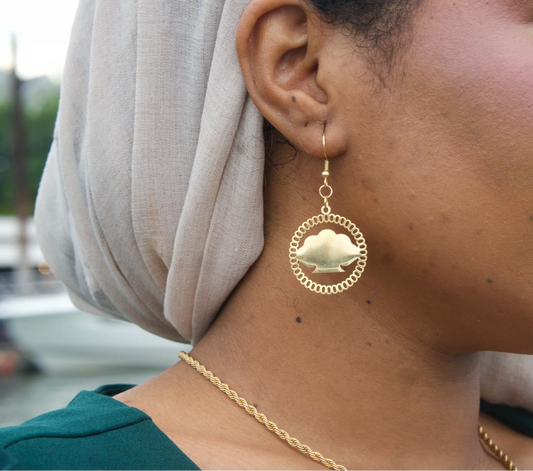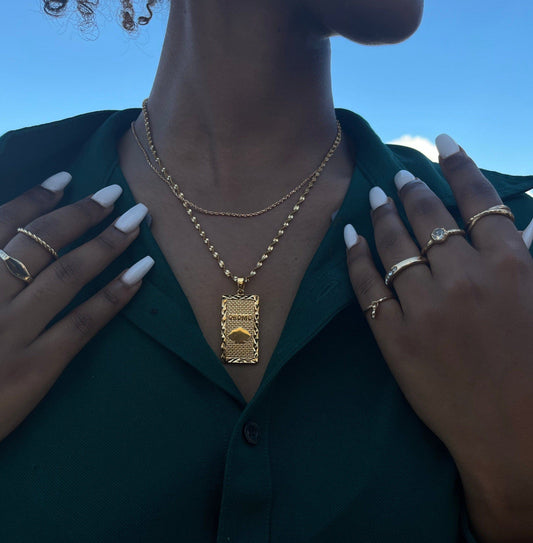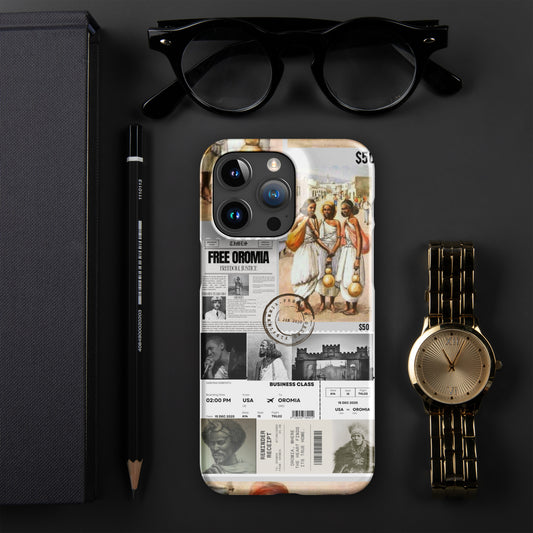How Oromo Clothing Inspires Modern Fashion
Oromo traditional clothing isn’t just fabric—it’s a statement, a legacy, and now, a fashion movement. What was once reserved for ceremonies and cultural gatherings is now making its way into everyday streetwear, global fashion trends, and even high-end designs.
1. The Art of Handwoven Fabrics
The intricate "sabaayii" and "wanbara" cloth, woven with skill and patience, has inspired designers to incorporate textured patterns and natural fibers into modern collections. Ethical fashion brands are now embracing the handcrafted elegance that Oromo artisans have perfected for generations.
2. Oromo Colors in Streetwear
Black, red, green, and white—these symbolic colors, often found in Oromo cultural attire, are popping up in athleisure, jerseys, and casualwear. Young Oromos around the world rock hoodies, jackets, and T-shirts inspired by traditional Gadaa color schemes, blending heritage with modern urban aesthetics.
3. Jewelry & Accessories with Meaning
From "harar rings" to beaded bracelets and gold pendants, Oromo jewelry has gone from cultural heirlooms to statement pieces in contemporary fashion. The “caaccuu” (beaded headpiece) and “gordii” (gold necklaces) now accentuate both modern and traditional outfits, proving that elegance is timeless.
4. Traditional Meets High Fashion
Oromo-inspired gowns, capes, and embroidered dresses are redefining runway looks. Designers are blending "shashaa" (draped shawls) with Western silhouettes, creating outfits that carry both heritage and innovation. Celebrities and influencers are now seen wearing Oromo-inspired attire, proving that tradition is always in style.
A Legacy Worn with Pride
Oromo fashion is more than a trend—it’s a movement that celebrates identity, resilience, and creativity. Whether it’s a Gadaa-inspired jersey, a handcrafted shawl, or bold cultural jewelry, Oromo fashion is making waves, proving that the past and the future can coexist—and look good doing it.
Because style fades, but culture lasts forever.







